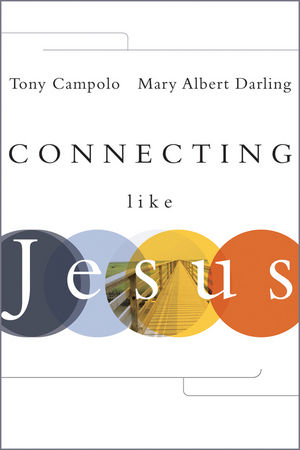Woods, Robert H., Diane M. Badzinski, Janie M. Harden Fritz, and Sarah E. Yeates. “The ‘Ideal Professor’ and Gender Effects in Christian Higher Education.” Christian Higher Education 11, no. 3 (July 2012): 158–176.
Abstract: A survey was administered to 451 undergraduate students at a private liberal arts Christian university to identify students’ perceptions of the ideal professor. The survey revealed that the ideal professor places great emphasis on the integration of faith and learning, is flexible (and even easy), maintains high academic standards, encourages students, and has an adaptive teaching style. Findings also highlighted gender differences in student perception of the ideal professor. Women perceived an adaptable teaching style, encouragement, and integration of faith and learning as slightly more important than men did in defining the characteristics of an ideal professor. Implications are framed in terms of student expectations for content and relationship dimensions of learning associated with Christian colleges and universities.



